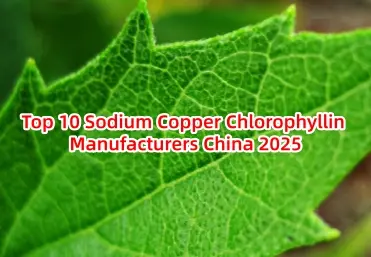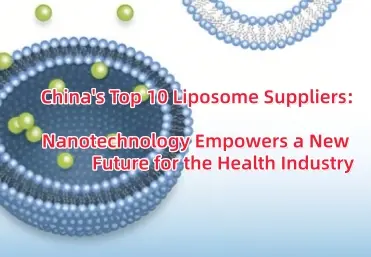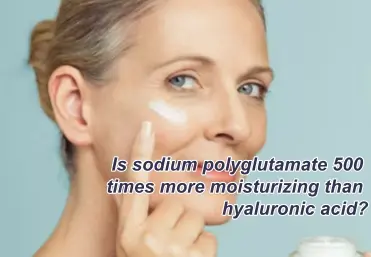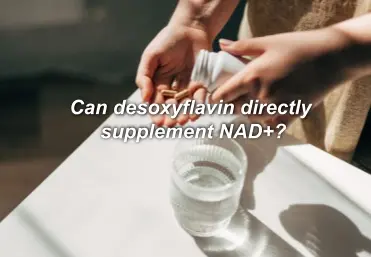What can blue-copper peptide not be used with?
1. The Origins and Mechanism of Blue-Copper Peptide
Discovery and Natural Sources
Blue-copper peptide, scientifically known as glycyl-L-histidyl-L-lysine-copper (GHK-Cu), was first identified in human plasma in 1973 by Dr. Loren Pickart. This tripeptide complex, bound to a copper ion, plays a critical role in tissue repair and cellular regeneration. Naturally occurring in saliva, urine, and blood, GHK-Cu declines with age, contributing to visible aging and slower wound healing.

Synthetic Production and Applications
Modern biotechnology synthesizes GHK-Cu through solid-phase peptide synthesis (SPPS), ensuring high purity (≥98%) and bioavailability. Its applications span:
-
Skincare: Stimulates collagen, elastin, and glycosaminoglycan production.
-
Wound Care: Accelerates tissue regeneration and reduces inflammation.
-
Hair Restoration: Activates follicle stem cells to combat androgenetic alopecia.
2. Incompatible Ingredients: What Blue-Copper Peptide Cannot Be Used With
GHK-Cu’s stability and efficacy are compromised when combined with certain ingredients.
A. Vitamin C (L-ascorbic Acid)
-
Interaction: Copper ions catalyze the oxidation of vitamin C, degrading both compounds.
-
Result: Reduced antioxidant efficacy, formulation instability, and potential pro-oxidant effects.
-
Solution: Separate application by 12 hours or use stabilized vitamin C derivatives (e.g., tetrahexyldecyl ascorbate).
B. Alpha/Beta Hydroxy Acids (AHAs/BHAs)
-
Interaction: Low-pH environments (<5.0) destabilize GHK-Cu’s copper-peptide bond.
-
Result: Peptide degradation, loss of bioactivity, and skin irritation.
-
Solution: Avoid combining with glycolic, lactic, or salicylic acid. Opt for pH-balanced formulations (5.5–7.0).
C. Retinoids (Retinol, Tretinoin)
-
Interaction: Retinoids increase skin sensitivity, exacerbating copper-induced irritation.
-
Result: Erythema, dryness, and compromised barrier function.
-
Solution: Use on alternate nights or opt for encapsulated retinol.
D. High Concentrations of Zinc or Iron
-
Interaction: Divalent cations (Zn²⁺, Fe²⁺) displace copper ions via competitive chelation.
-
Result: Inactive peptide-metal complexes and reduced bioavailability.
-
Solution: Formulate with cation-free preservatives (e.g., phenoxyethanol).
E. Strong Antioxidants (Resveratrol, Ferulic Acid)
-
Interaction: Redox reactions neutralize copper’s regenerative properties.
-
Result: Mutual deactivation and reduced anti-aging benefits.
-
Solution: Layer products with a 30-minute interval.
3. Side Effects of Improper Blue-Copper Peptide Use
A. Skin Irritation and Allergic Reactions
-
Symptoms: Redness, itching, or contact dermatitis.
-
Cause: Overuse (>2% concentration) or interactions with harsh actives.
-
Mitigation: Patch-test and gradually increase frequency.

B. Oxidative Stress
-
Risk: Free copper ions in unstable formulations generate reactive oxygen species (ROS).
-
Prevention: Use stabilized GHK-Cu complexes (e.g., GHK-Cu-Cl).
C. Reduced Efficacy
-
Cause: Degradation by UV light, heat, or incompatible preservatives (e.g., EDTA).
-
Storage Tips: Store in opaque, airtight containers at 4–25°C.
4. Sost Biotech: Your Trusted Partner for Premium Blue-Copper Peptide
As a leading manufacturer of bioactive peptides, Sost Biotech delivers GHK-Cu with:
-
Purity: ≥99% HPLC-verified, endotoxin-free.
-
Customization: Tailored concentrations (1%–10%) and formulations (serums, creams, hydrogels).
-
Certifications: ISO 9001, GMP, and HACCP production.
Contact us today for competitive pricing, technical support, and bulk orders.

Contact us
References
-
Pickart, L. (2012). The Human Tripeptide GHK and Tissue Remodeling. Journal of Biomaterials Science, 23(1-4), 1–16.
-
Borkow, G. (2014). Copper as a Biocidal Tool. Current Medicinal Chemistry, 21(3), 272–285.
-
Gupta, S. (2020). Peptide-Metal Interactions in Skincare. International Journal of Cosmetic Science, 42(4), 321–330.

 Food Additives
Food Additives









